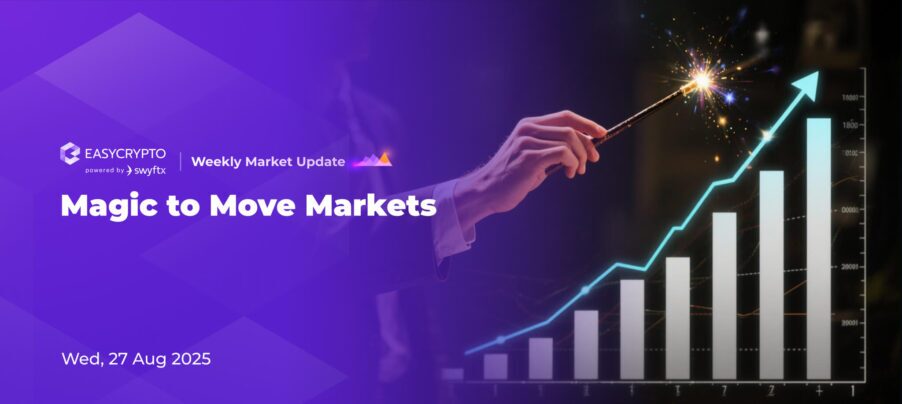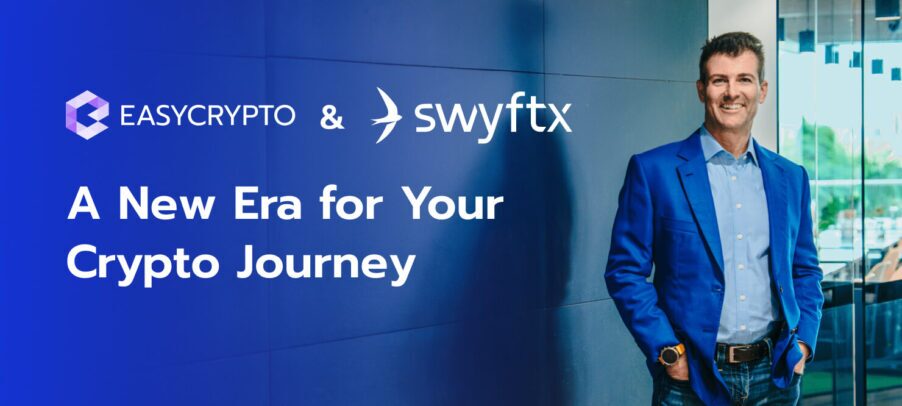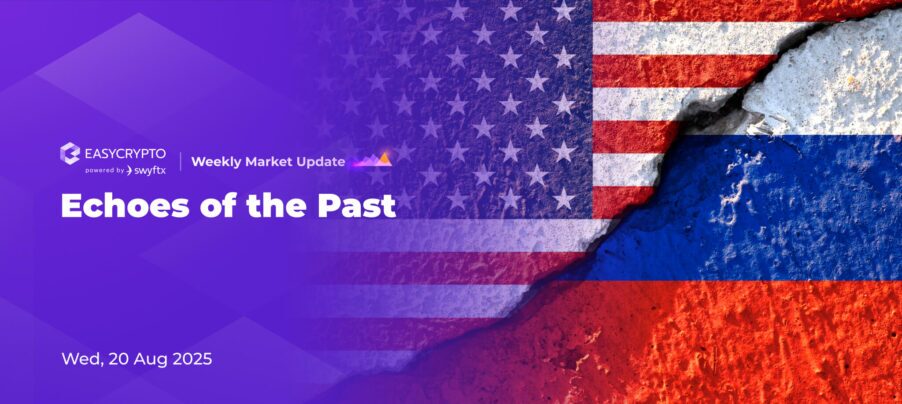What to expect from Ethereum after the Merge
As exciting as it is to wait for Ethereum's Merge, it is important to set realistic expectations for it.


Ethereum’s Merge with the Beacon Chain (the Proof of Stake consensus layer) is thought to be one of the most complex software updates in the history of the Decentralised Web.
It isn’t as easy as pushing a new update out, and asking software clients (the validator nodes, wallets, etc) to accept the update. When it comes to the decentralised web, especially Ethereum, a lot is at stake.
There are billions of dollars of value that depend on the Ethereum infrastructure to run well. If there is as much as one faulty code, it is not easy to revert back to pre-update versions.
There are high hopes for Ethereum after the Merge. But if you have really high expectations, give yourself (and the Ethereum developers) a break by setting the bar lower.
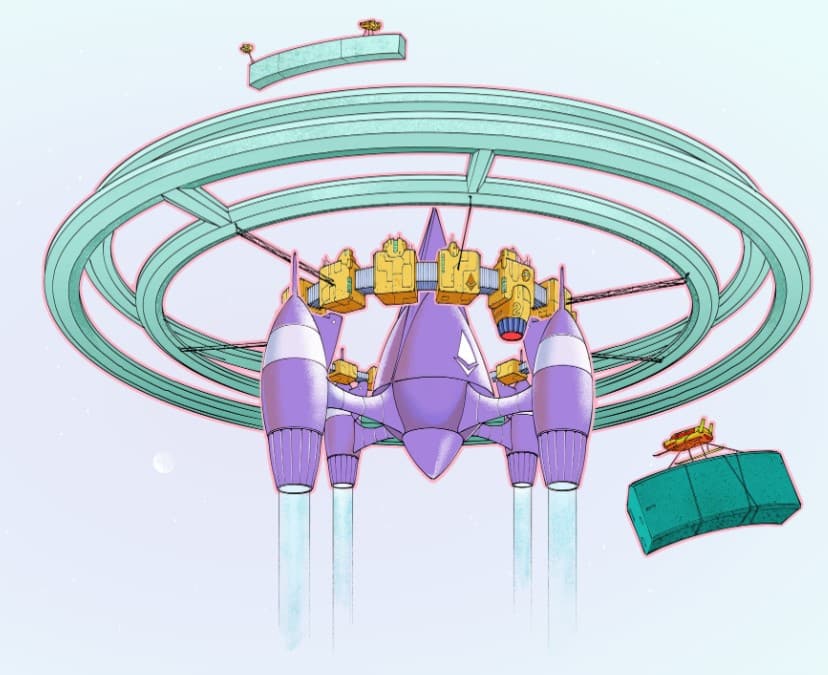
What to expect from Ethereum after the Merge
Ethereum.org highlighted some possible misconceptions about the upgraded Ethereum. We’ll go through some of them one by one.
Misconception #1: The Merge will reduce gas fees
The Merge is the first of the major changes that will take place on Ethereum. This particular change focuses on sustainability of the Ethereum network. Upgrades such as rollup-centric updates as well as sharding will pave the way to a more scalable Ethereum — one that can process thousands of transactions per second.
If you ask me, I see this as a good thing. Ethereum must first go green before being able to process 1000x more transactions that it currently has. At the time of writing in the pre-Merge era, the Ethereum Proof of Work consensus consumes roughly 176 kWh of energy per block (with each block containing a limited number of transactions).
After the Merge, Ethereum will run the Proof of Stake consensus protocol, which will consume only 0.01 terawatt-hours per year.
Misconception #2: Transactions will be noticeably faster after the Merge
The fastest Ethereum transaction speed will not change, and even after the Merge, transactions will have a finality of 12 seconds (currently 13 seconds pre-Merge). During high-traffic times, users often have to bid on the gas price.
Those who are paying for cheaper gas fees will have to wait longer than 12 seconds. However, with improved scalability post-Merge, there’s a high chance that the blockchain can be loaded with more transaction requests than previously seen.
This could mean users wouldn’t need to bid on the gas price or to wait for their transaction requests to go through.
Misconception #3: You can withdraw staked ETH once the Merge occurs
Staked ETH will remain staked after the Merge occurs. There will be an update called the Shanghai upgrade that will allow staking withdrawals.
This is done for security reasons. Staking is a central part of the Proof of Stake protocol, and the more ETH is staked, coupled with a high number of validators, the more secure the network becomes.
This is why, even after the Shanghai upgrade, only a limited amount of staked ETH can be withdrawn at any given time. According to the website, the maximum rate of withdrawal is set at around 43,200 ETH per day (there is over 10 million ETH staked at the time of writing).
Misconception #4: Staking APR will increase 3x after the Merge
There had been misleading rumours that staking APR will increase by that much after the Merge. In reality, it is closer to a 50% increase.
The ETH staking APR does increase because after the Merge, validators could earn additional ETH from transaction fees on top of the block reward for validating new blocks.
Why updating blockchains is hard
Firstly, there are billions of dollars of value that depend on the Ethereum infrastructure to run well. If there is as much as one faulty code, it is not easy to revert back to pre-update versions.
A noteworthy example was the 2016 DAO hack, where a smart contract loophole was found and $150 million USD of Ether was drained.
Since then, two separate Ethereum blockchains run in parallel — Ethereum, which rendered the stolen ETH useless, and Ethereum Classic, in which the community accepts that the DAO hack is legitimate because they believe that “code is law”.
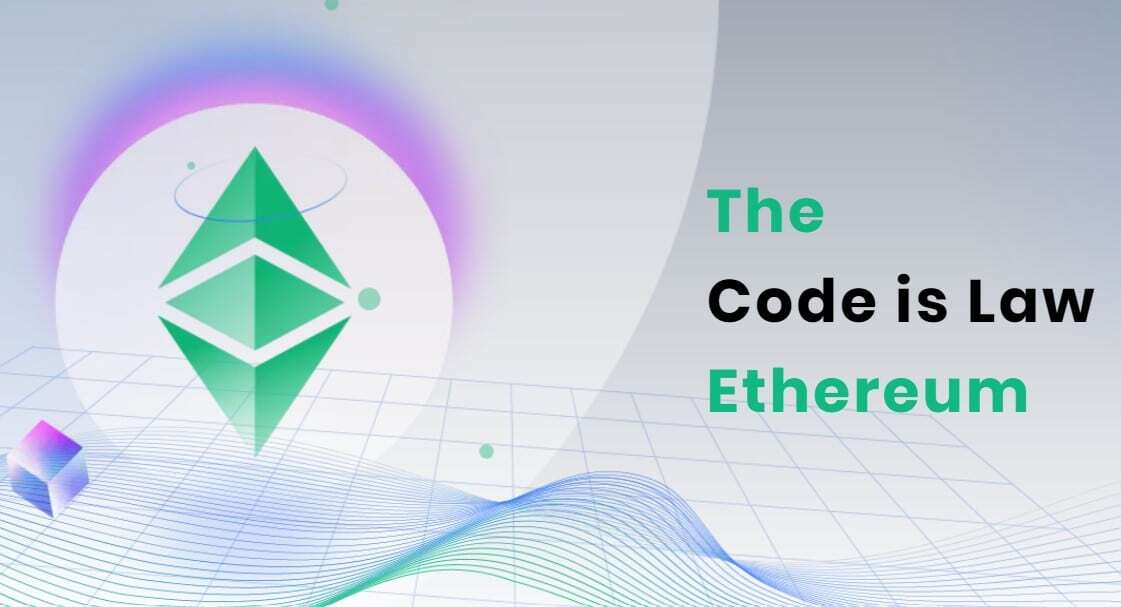
You could say that Ethereum Classic is the pre-update version of today’s Ethereum — the version of the blockchain in which $150 million USD of funds had been stolen.
Secondly, hundreds of Ethereum core developers must come to an agreement on all changes in the Ethereum codebase.
Of course, I haven’t mentioned the Ethereum miners that are spread out across the world, whose voices matter as much as the core developers. You have to remember that on decentralised networks like Ethereum, decisions must be made democratically.
The split between Ethereum and Ethereum Classic also stemmed from disagreements amongst Ethereum miners. This is nothing new. Bitcoin’s three major forks were formed when Bitcoin miners couldn’t agree on something seemingly rather trivial, like the block size in the SegWit Update.
Takeaways
The Merge is an upgrade to make Ethereum an ecologically sustainable platform. It is still far from perfect, and users may still experience some congestion and high fees as they would experience pre-Merge.
However, the delivery of the Merge is proof that the Ethereum community of developers have worked tirelessly to make it happen, no sooner or later.
Keep in mind that investing in ETH still carries risk as it is inherently volatile. But once you read up on what to expect after Ethereum’s Merge, you’re better informed than you were before.
Share to
Stay curious and informed
Your info will be handled according to our Privacy Policy.
Make sure to follow our Twitter, Instagram, and YouTube channel to stay up-to-date with Easy Crypto!
Also, don’t forget to subscribe to our monthly newsletter to have the latest crypto insights, news, and updates delivered to our inbox.
Disclaimer: Information is current as at the date of publication. This is general information only and is not intended to be advice. Crypto is volatile, carries risk and the value can go up and down. Past performance is not an indicator of future returns. Please do your own research.
Last updated October 18, 2022



